Method Design Of Experiments Conducting Analysis Differently
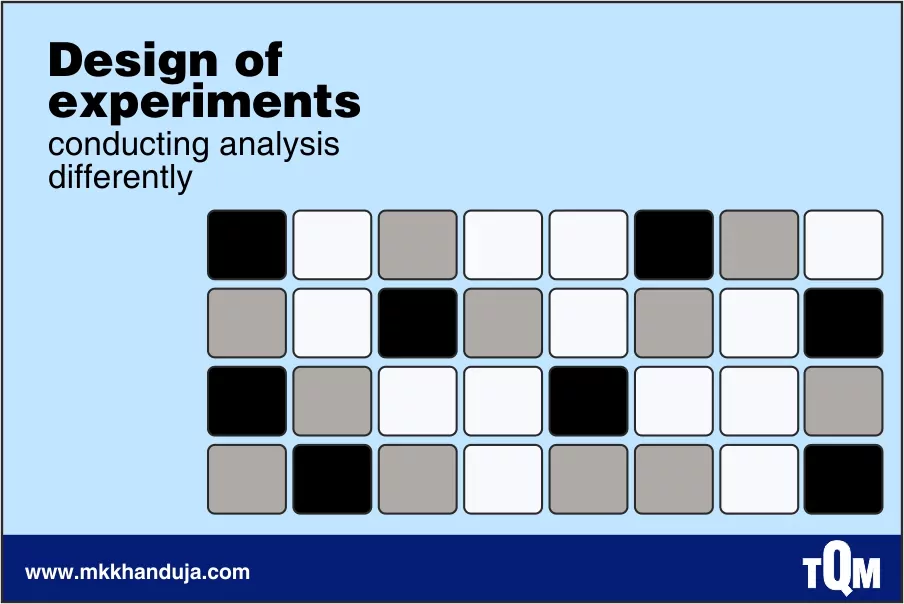
The use of the TQM method of Design of Experiments (DOE) is to find the right way to execute a process. It has been practiced in manufacturing and other services for over a decade. The TQM DOE analysis means planning, conducting, and interpreting a control test to evaluate the factors that influence the outcome. The design of experiments has a proven and simple procedure that conducts the following steps.
• What's the goal? – The measurements for the objectives are determined.
• What to test? - The factors for the test are identified.
• How to conduct? – The way to measure an experiment is determined.
• How to measure? – The right statistical analysis is chosen.
•Will the results be credible? – The required sample size is determined.
• How to analyze the data? – Start applying the statistical analysis.
• What's next? – After the statistical analysis, the action plan is prepared.
Design of experiments DOE has a clear objective of establishing an optimal process performance by finding the right settings for key process input variables. It is actually a way to intelligently form frameworks to decide which course of action you might take. It is indeed a helpful philosophy that sorts out the factors impacting a process. Here are the five different ways to get powerful results from DOE.
• Full factorial
• It considers all factors included in the experimentation.
• Full factorial experiments are used to study all the possible combinations of treatment associated with the factors and their levels. It analyses the effects of the main factors, and all the interactions between factors have on the measured outcomes.
• Fractional factorial
• These designs evaluate only a subset of the possible permutations of factors and their levels.
• This experimental technique involves an assumption that the higher-order interactions (between three or more factors) are not significant.
• The fractional factorial designs are derived from full factorial metrics by substituting higher-order interactions with new factors.
• The efficiency of experimentation increases when fractional factorial gives up some power in analyzing the effects on the response.
• Using a fractional factorial design makes experiments cheaper, faster to run but can also confuse interactions between factors.
• Screening experiments
• Screening experiments are a specific type of fractional factorial design of experiments.
• The screening experiments minimize the number of runs required in an investigation, making the process a bit faster.
• Response surface analysis
• These are unique designs that determine the factors' settings to achieve an optimum value of the response.
• The response surface analysis experimental technique runs the series of full factorial experiments to generate the mathematical equation that describes how factors affect the outcomes.
• It is an offline optimization technique where usually two factors are studied. However, it doesn't restrict to explore even the three factors.
• Mixture experiments
• The above four DOEs work well for variables like pressure, temperature, time, and even material substitutions. However, these design experiments don't work in situations where you have to study how changes in the formulation effect material's final properties.
• In such scenarios, the response is a function of the proportions of the different ingredients in the mixture, and that's where the Mixture Experiments come in handy.
• In Mixture Experiments, the response (quality or performance of the product) depends on the relative proportions of the components (ingredients). The components can be measured in weight, volume, or some other units.
To kick-off with TQM DOE analysis, start with screening experiments to filter the significant factors. Then you have to study their interactions with fractional/full factorial experiments. You can use the advanced techniques if needed.

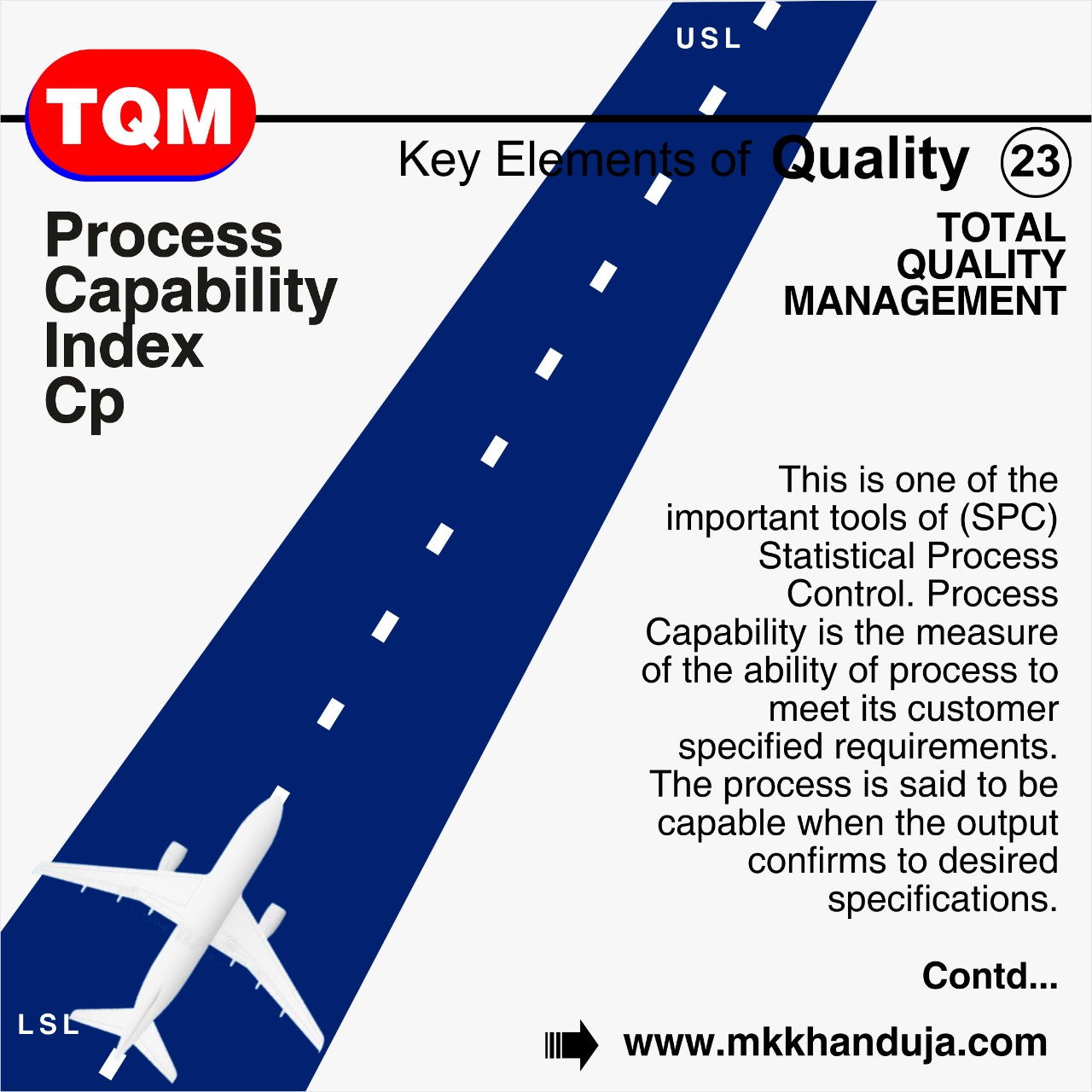
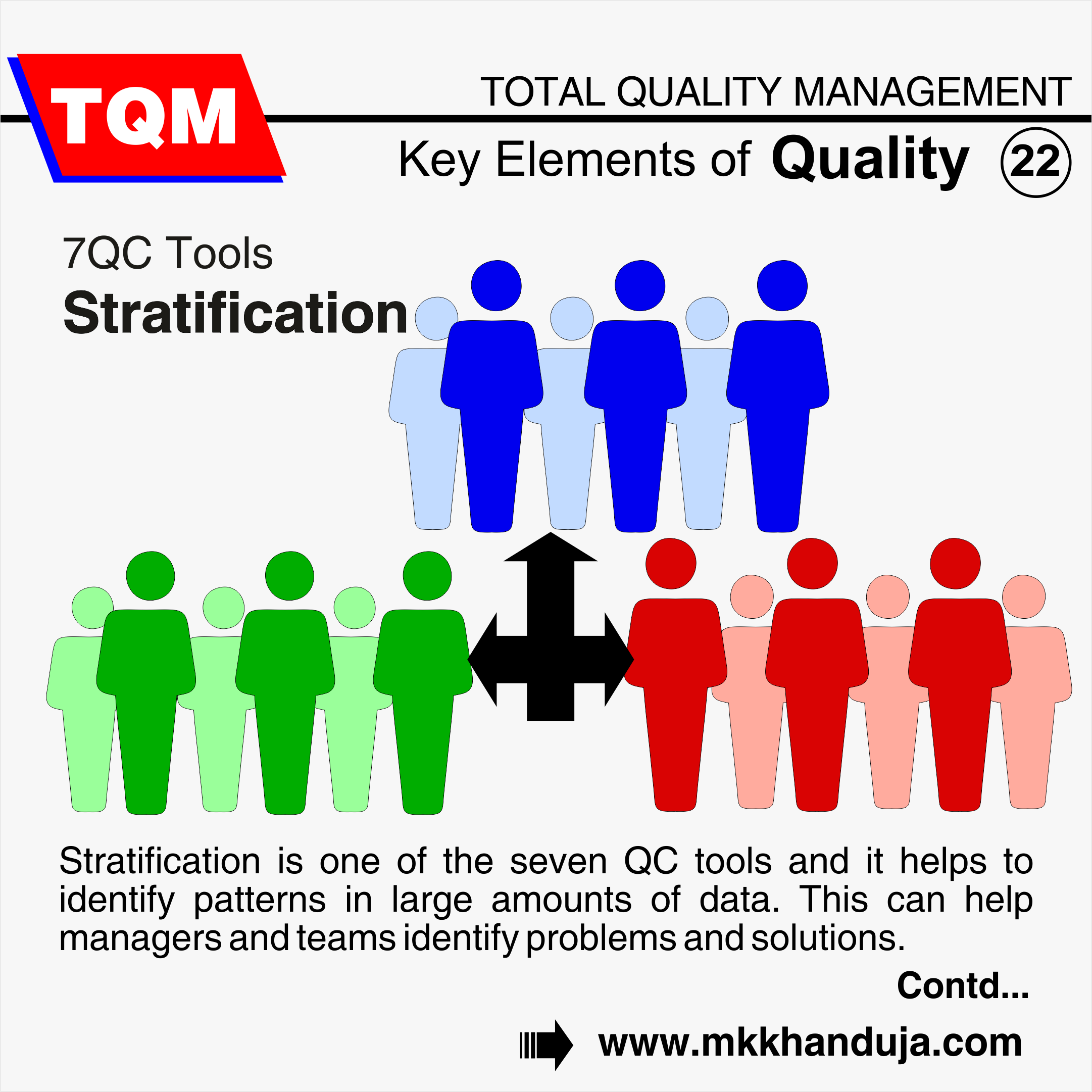
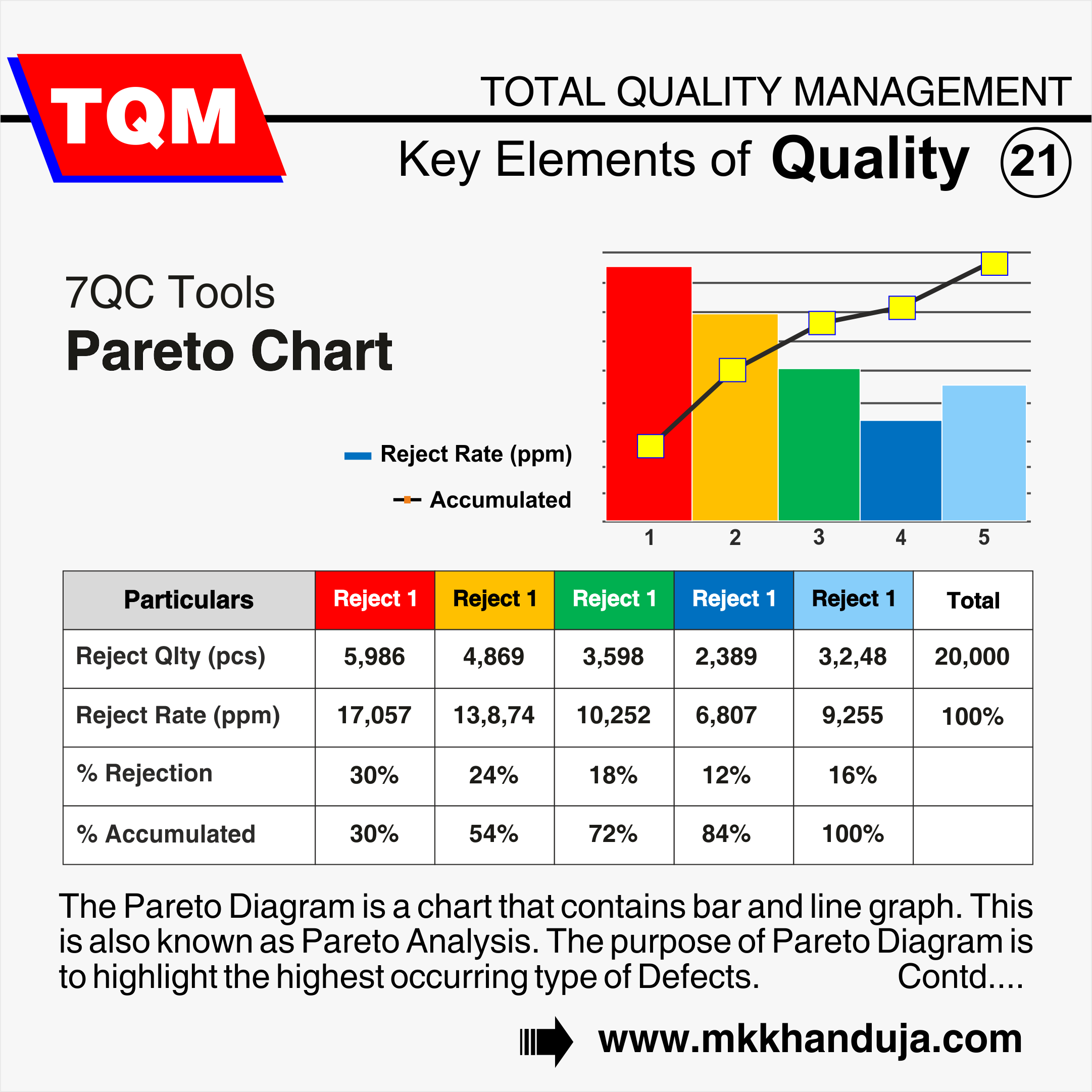
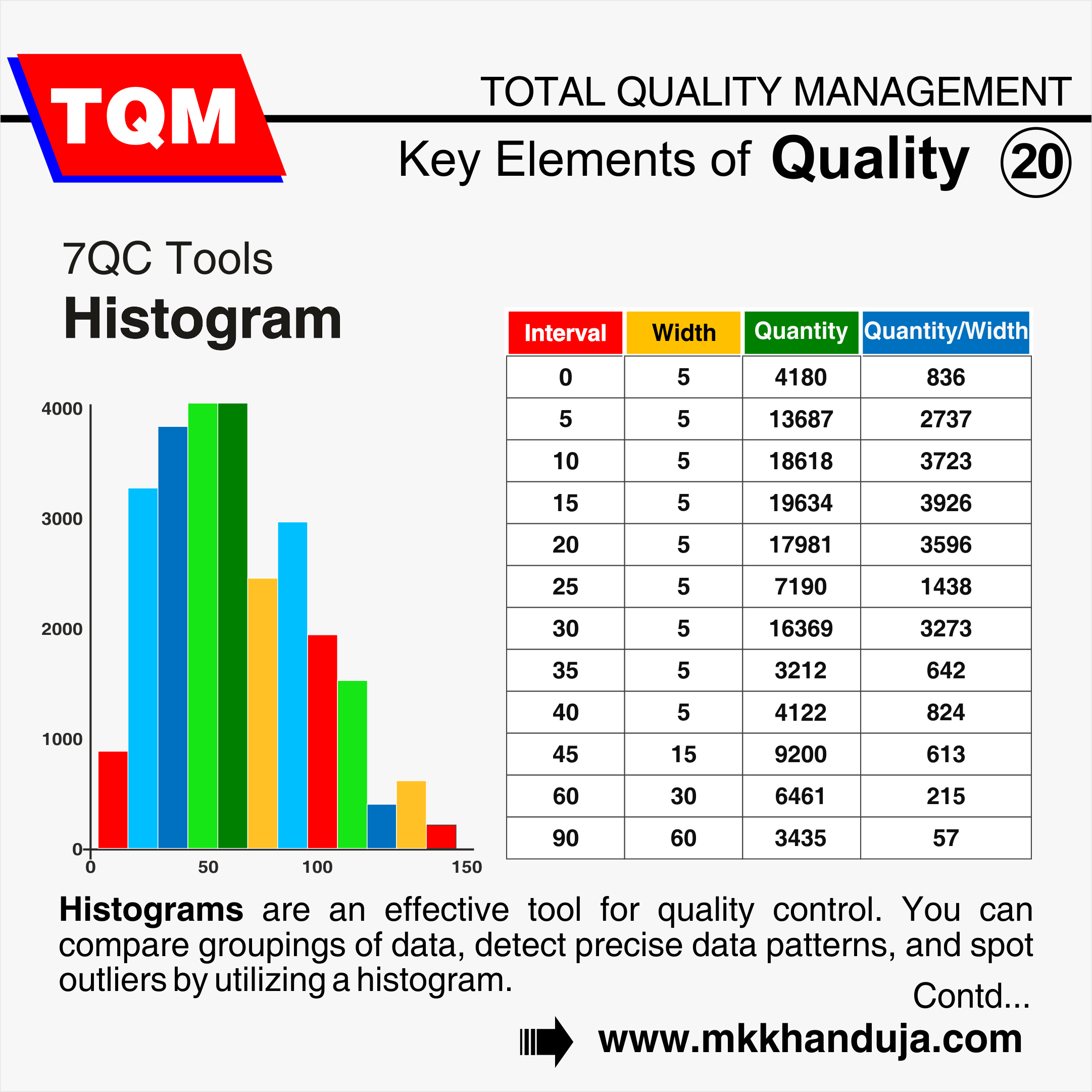
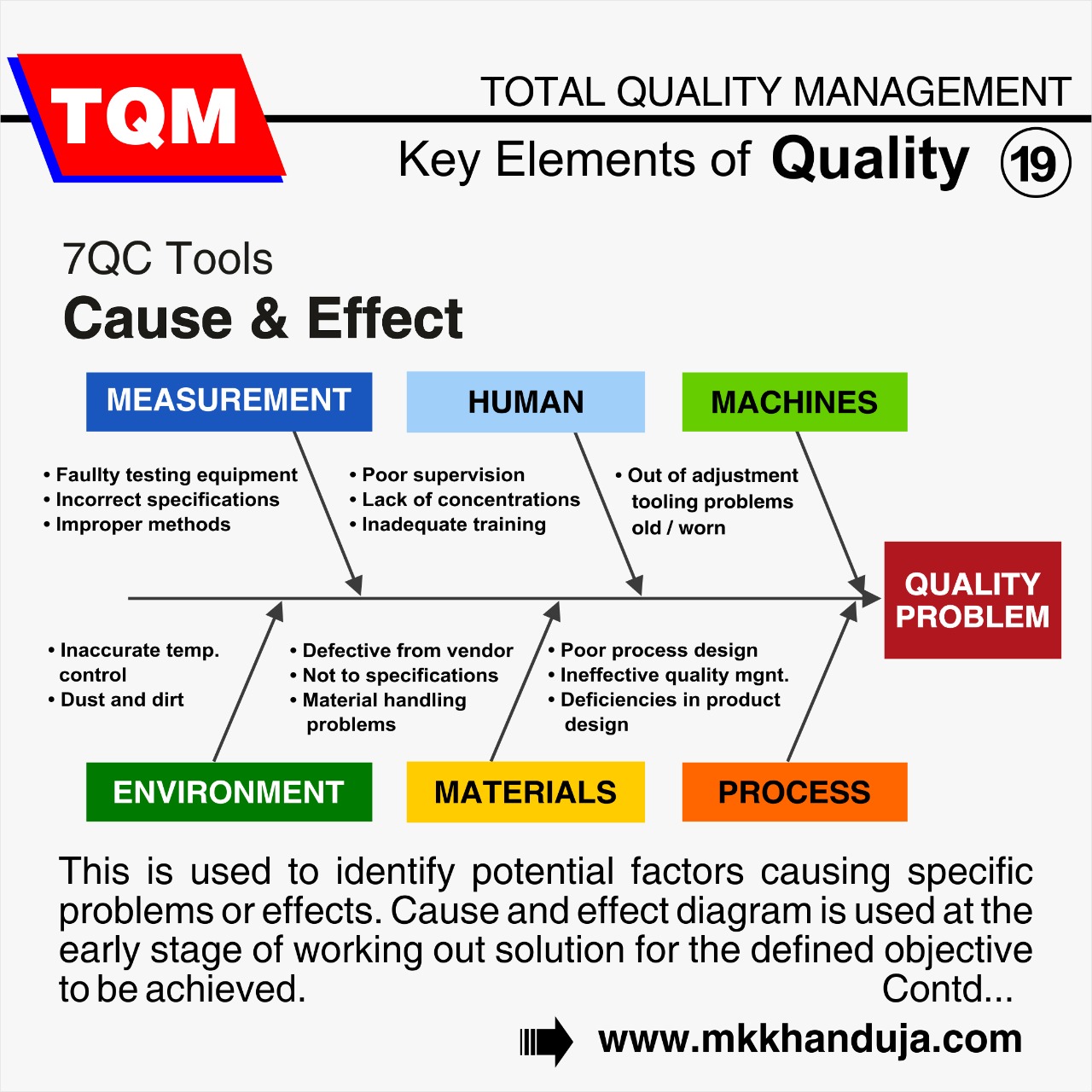
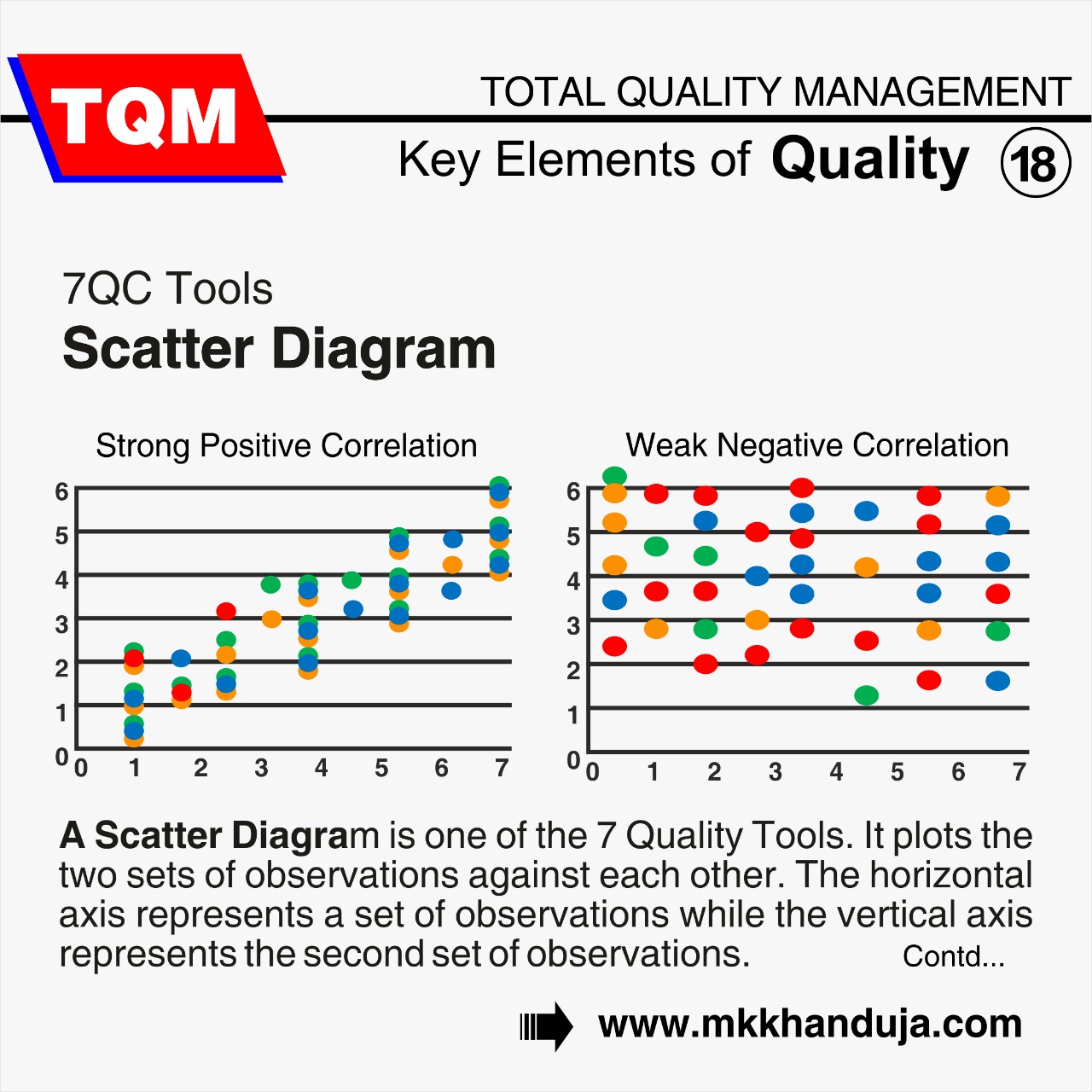
Comments